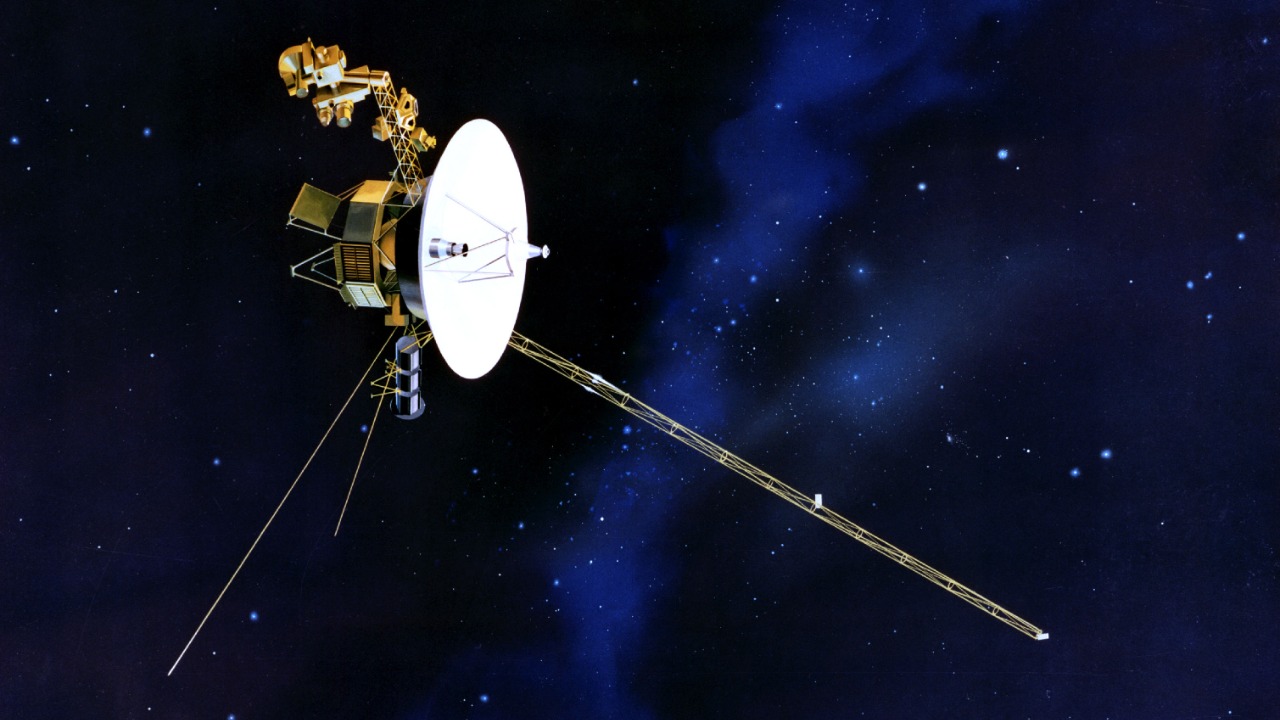
Decades after its launch, NASA’s Voyager spacecraft has made a startling discovery at the edge of our solar system. The probe has detected a “wall of fire” characterized by extreme temperatures ranging from 30,000 to 50,000 Kelvin. This superheated plasma barrier marks the transition from the sun’s influence to interstellar space, challenging our understanding of cosmic boundaries and the conditions beyond our solar system.
Voyager Mission Overview
The Voyager program, initiated by NASA, aimed to explore the outer planets of our solar system. The mission involved two spacecraft, Voyager 1 and Voyager 2, both launched in the late 1970s. These probes embarked on a journey that would take them past the gas giants Jupiter and Saturn, and the ice giants Uranus and Neptune. Their flybys of these planets in the late 1970s and 1980s provided invaluable data about the outer planets and their moons.
After their planetary encounters, the mission was extended, and the Voyager probes were set on a course towards interstellar space. Voyager 1 made history in 2012 when it became the first human-made object to cross the heliopause, the boundary where the solar wind meets the interstellar medium, marking the official edge of the solar system.
Understanding the Edge of the Solar System
Prior to Voyager’s discovery, our understanding of the heliopause was based on theoretical models. These models predicted certain plasma densities and magnetic fields at this boundary. The Voyager spacecraft were equipped with instruments, such as the Plasma Science instrument, specifically designed to measure particles at these distant frontiers, providing empirical data to either confirm or challenge these models.
The Moment of Discovery
During its traversal into interstellar space, Voyager 1 encountered the unexpected: a wall of fire. The probe’s instruments detected elevated electron temperatures, indicating the presence of a thermal barrier. This discovery was a surprise to scientists, who had not anticipated such an intense thermal layer at this location.
Characteristics of the Blazing Wall
The wall of fire detected by Voyager is characterized by temperatures ranging from 30,000 to 50,000 Kelvin, far hotter than expected for the region’s plasma. This barrier is composed of a thin layer of superheated gas, acting like a blazing wall that the probe had to pierce through. The width and density of this structure were determined based on Voyager’s particle and field data.
Scientific Implications and Challenges
The discovery of the wall of fire has significant implications for our understanding of the heliosphere’s interaction with galactic cosmic rays. It also impacts our understanding of stellar wind dynamics in other star systems. However, this discovery also presents challenges. The Voyager spacecraft are powered by decaying plutonium sources, and as these power sources decay, the functionality of the spacecraft’s instruments is affected. This power limitation poses an engineering challenge for the continued operation of the Voyager probes.
Future Observations and Voyager’s Legacy
Despite these challenges, plans are in place for continued data collection from both Voyager 1 and Voyager 2 as they venture deeper into interstellar space. The Voyager probes have inspired future missions, including interstellar probes proposed by NASA. Even as contact with the Voyager spacecraft is expected to cease around 2030, the data they have collected will continue to provide valuable insights into the cosmos, cementing the Voyager mission’s enduring legacy in the field of cosmology.
More from MorningOverview